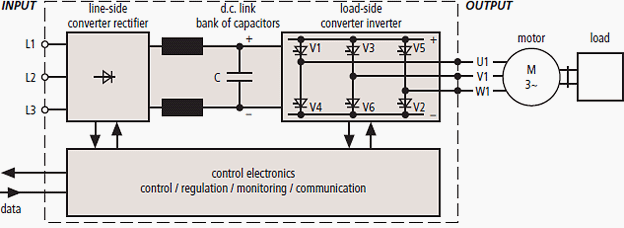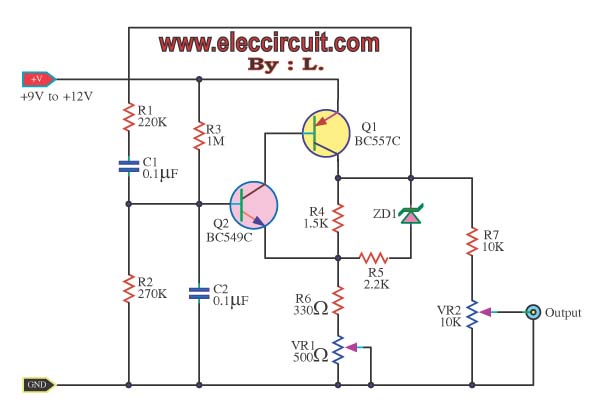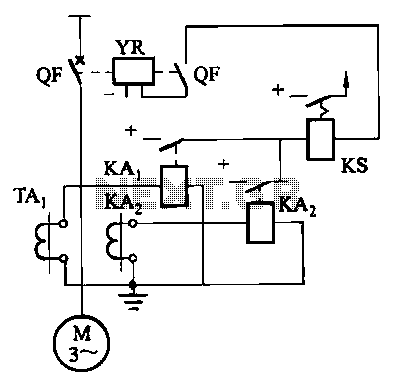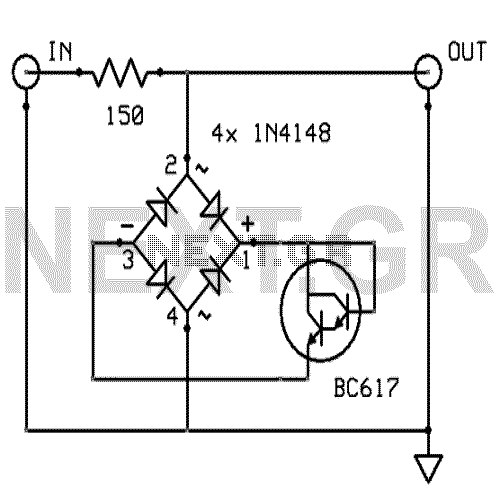
Surge Protection for Frequency Converters

Frequency converters are safeguarded against surges using surge protective devices, for which the maximum continuous operating voltage (Uc) must be considered.
Frequency converters are critical components in various electronic applications, converting input frequencies to desired output frequencies. To ensure their reliability and longevity, it is essential to protect them from voltage surges that can occur due to various factors such as lightning strikes, switching actions, or faults in the electrical system. Surge protective devices (SPDs) are employed to mitigate these risks.
The maximum continuous operating voltage (Uc) is a key parameter in selecting appropriate SPDs. This voltage rating indicates the highest voltage that the device can continuously handle without entering a failure mode. When choosing an SPD for frequency converters, it is crucial to ensure that the Uc rating exceeds the maximum expected operating voltage of the converter. This prevents the SPD from clamping the voltage prematurely and ensures that the frequency converter operates within its specified voltage range.
In addition to Uc, other factors such as response time, discharge current rating, and the type of SPD (e.g., Type 1, Type 2, or Type 3) should also be considered. Type 1 devices are typically installed at the service entrance, while Type 2 devices are used for point-of-use protection. Type 3 devices provide additional local protection and are often installed at the load level.
Proper installation and grounding of surge protective devices are also critical for effective surge protection. The installation should adhere to local electrical codes and standards, ensuring that the protective devices are correctly positioned to intercept surge currents before they reach the frequency converter.
Regular maintenance and testing of surge protective devices are recommended to ensure their continued effectiveness and to replace any devices that may have been compromised or have reached the end of their operational life. By implementing these protective measures, the operational integrity of frequency converters can be significantly enhanced, thereby improving the overall reliability of the electronic systems they serve.Frequency converters are protected from surges with surge protective devices for which the maximum continuous operating voltage Uc has to be taken. 🔗 External reference
Frequency converters are critical components in various electronic applications, converting input frequencies to desired output frequencies. To ensure their reliability and longevity, it is essential to protect them from voltage surges that can occur due to various factors such as lightning strikes, switching actions, or faults in the electrical system. Surge protective devices (SPDs) are employed to mitigate these risks.
The maximum continuous operating voltage (Uc) is a key parameter in selecting appropriate SPDs. This voltage rating indicates the highest voltage that the device can continuously handle without entering a failure mode. When choosing an SPD for frequency converters, it is crucial to ensure that the Uc rating exceeds the maximum expected operating voltage of the converter. This prevents the SPD from clamping the voltage prematurely and ensures that the frequency converter operates within its specified voltage range.
In addition to Uc, other factors such as response time, discharge current rating, and the type of SPD (e.g., Type 1, Type 2, or Type 3) should also be considered. Type 1 devices are typically installed at the service entrance, while Type 2 devices are used for point-of-use protection. Type 3 devices provide additional local protection and are often installed at the load level.
Proper installation and grounding of surge protective devices are also critical for effective surge protection. The installation should adhere to local electrical codes and standards, ensuring that the protective devices are correctly positioned to intercept surge currents before they reach the frequency converter.
Regular maintenance and testing of surge protective devices are recommended to ensure their continued effectiveness and to replace any devices that may have been compromised or have reached the end of their operational life. By implementing these protective measures, the operational integrity of frequency converters can be significantly enhanced, thereby improving the overall reliability of the electronic systems they serve.Frequency converters are protected from surges with surge protective devices for which the maximum continuous operating voltage Uc has to be taken. 🔗 External reference





